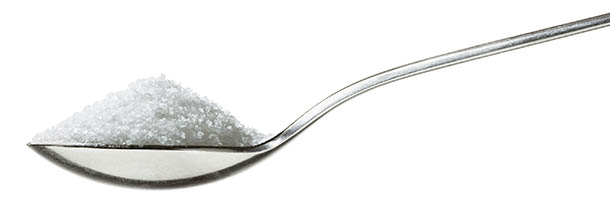Palcohol – A New Plague or More Of The Same?

A fresh round of outrage is being leveled at government regulators and alcohol manufacturers alike for a relatively new phenomenon known as Palcohol. Palcohol is the brand name of a powdered alcohol product that promises to give users the ability to have a mixed alcoholic drink on the go. No more carrying heavy bottles full of liquid and mixers – just add water. Further, the makers of Palcohol tout its potential as an on-the-go antiseptic and even fuel source.
On the other side of the side of the argument, anti-substance abuse advocates see the potential of powdered alcohol being abused, especially by those who are underage. The concern is that powdered alcohol is not only more potent (in its dehydrated form), but it can be concealed rather easily. Further, it can be nebulized, snorted and concentrated (using less water or more powder) for faster effect. Ultimately, parents, teachers and law enforcement will have a harder time identifying powdered alcohol than its reconstituted sibling.
From a regulatory standpoint, it does not seem like there is grounds for a ban from the Federal government. After all, powered alcohol is still alcohol, which is legal to buy and consume by those aged 21 or over in the United States. As a result, The Alcohol and Tobacco Tax and Trade Bureau has approved its sale and the FDA will likely do nothing to block it. Certain states have instituted bans, with more coming down the pike, but as long as there is one state selling it, there will likely be a national grey market for it.
While the idea of more convenient alcohol consumption is surely welcomed by many, powdered alcohol does add a degree of risk in the grand scheme of substance abuse. While traditional alcoholic drinks can, of course, be abused, powdered alcohol offers new methods to do so. However, we must also think of the likelihood that the drug will be any more abused than regular alcohol – or if it is even possible. The fact that alcohol makes up only 58% of the powder by weight and 12% by volume means that abuser would have to snort quite a bit of the power before they felt any effect at all. Sure, the alcohol would reach the bloodstream without the protective metabolizing effects of the stomach, but again, how much would you have to snort? Quite a bit it seems.
We do not see the possibility of a complete ban on powdered alcohol in the United States and as a result we can only advocate for a greater sense of awareness in our homes and schools. There are laws against selling or distributing alcohol to minors and with the advent of powdered alcohol, we can only improve our enforcement of existing regulations. After all, if kids are looking to abuse alcohol, whether the powdered version is available or not, they will try and try again.